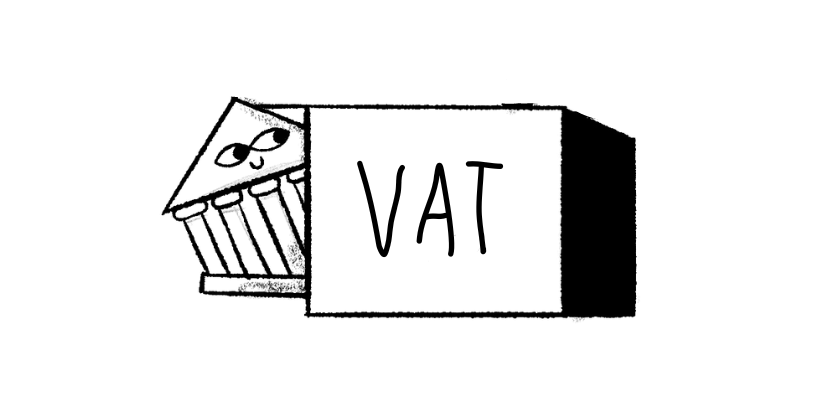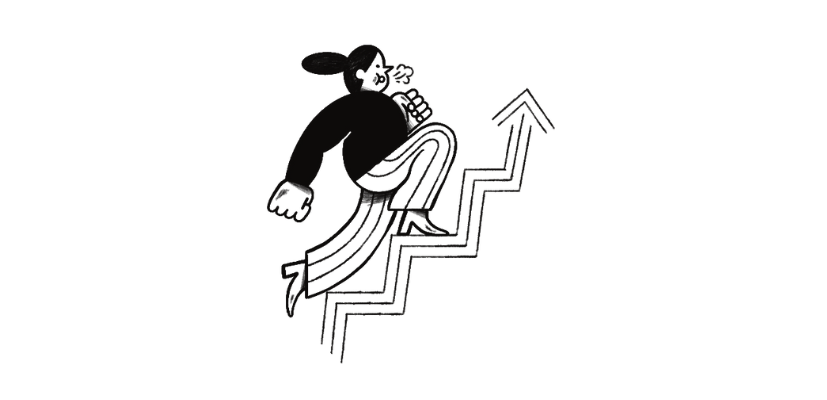Voluntarily closing a limited liability company in Denmark
- 2 minute read
- Legal and Corporate Law
An ApS or A/S can in Denmark be closed down in two ways. And it can either be done voluntarily or compulsorily. These company types have limited liability – and some may choose to retain this, where others decide to break it. This is the main difference between the two ways of voluntarily closing down a company described here.
Voluntary dissolution with a statement of payment (§ 216)
Voluntary dissolution with statement of payment is typically used when a company has a limited and known group of creditors.
To voluntarily dissolve a company, the owners must make a statement to the Business Authorities (and by that the public) saying that all debts are paid and that the company no longer has activities. All owners of the company must sign this and provide contact information, so the Business Authorities can reach out, should it become relevant.
This is important, as this type of dissolution breaks the limited liability. This means that should there be any obligations to the company after the statement of payment, then the owners will be personally, joint, and unlimitedly liable for such debts.
Statement of payment is used when the business has no debt with creditors, unpaid taxes, or duties.
You must cancel all obligations/liabilities to relevant authorities, such as VAT and employer obligations.
Next up, you must send a declaration and your tax return for the finishing financial year to the Tax Agency. This must be done no later than a month after your activities have ended.
After completing these steps, the Tax Agency will provide a tax clearance stating that they do not have further tax or duty-related requirements to the company.
Finally, you must complete the ‘Kapitalejers betalingserklæring’. This, along with the statement of pay, must be submitted when you register the dissolution.
Voluntary liquidation of solvent company (§ 217-224)
To close down a company through liquidation, the company must be solvent. This is because of the limited liability and owners only being liable for the amount they have invested. So, any payables to creditors must be covered before any payments of surpluses can leave the company.
The liquidation must be agreed upon with a 2/3 majority at a general meeting. Here, a ‘liquidator’ must be appointed. They must be responsible for the management, disposal of assets and liabilities, and more practical tasks related to liquidating the company.
As part of the official voluntary liquidation process, the decision made at the general meeting must be submitted. After this, the Business Authorities will inform about the decision, and any creditors will be encouraged to act on any obligations they may have to the company.
It must be stated in the company name that it is ‘under liquidation’, so creditors can expedite any outstandings. And creditors must do so within 3 months. This process of publishing the liquidation is to retain the limited liability – the owners are not liable for any demands presented after the final dissolution.
After these 3 months, a general meeting must be held to approve the liquidation statement, which will be the last financial statement of the company.
Before this general meeting, you might want to reach out to the Tax Agency for a tax clearance certificate. Here, it can be stated that there will not be further obligations on the company regarding income tax on the assets. It is also important to cancel obligations regarding taxes and VAT.
Finally, you can complete the liquidation online. 3 months after the liquidation is public and all debt is paid can the payment of surplus left on liquidation happen (likvidationsprovenu).
At mighty admins, we can assist you with:
Foundation and dissolution of companies and branches.
Make relevant and necessary registrations with the authorities.
Secretarial services.
… And much more







